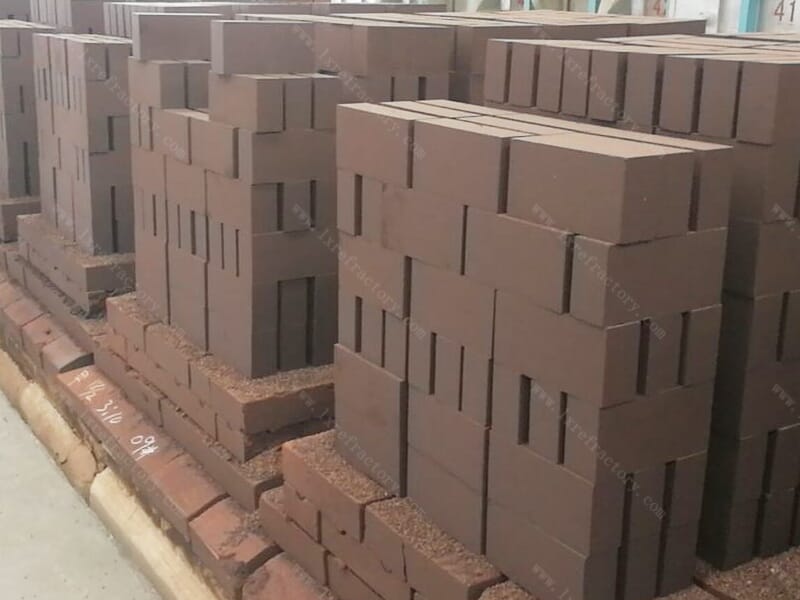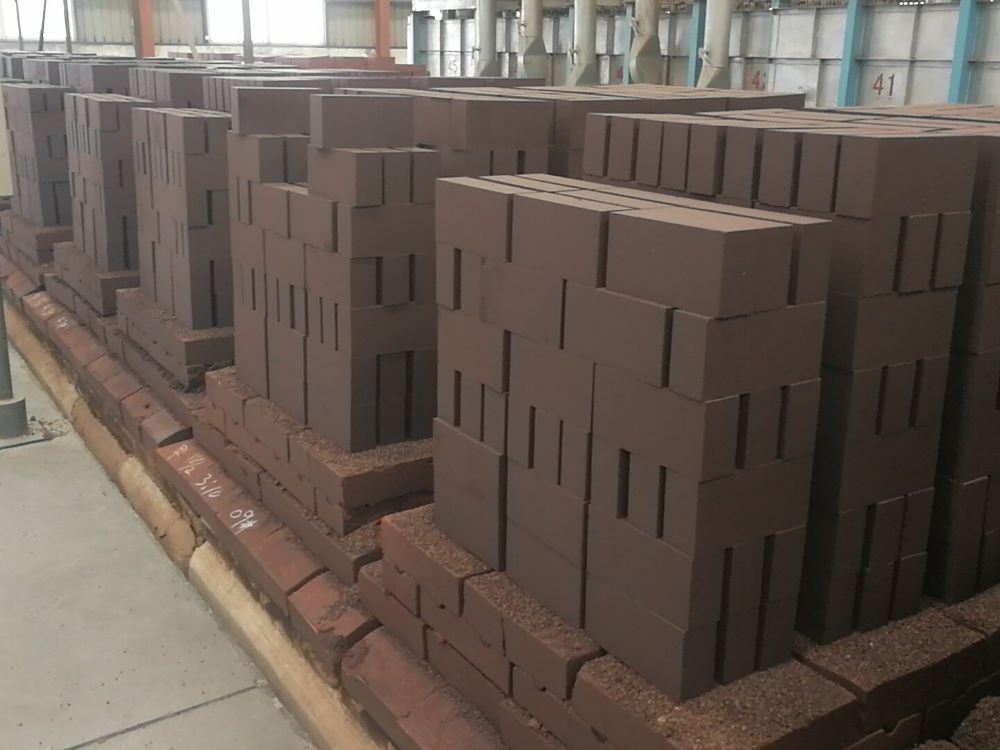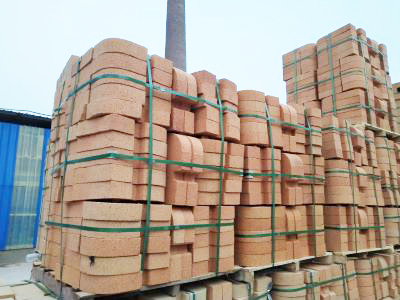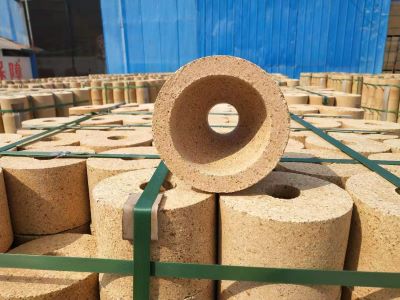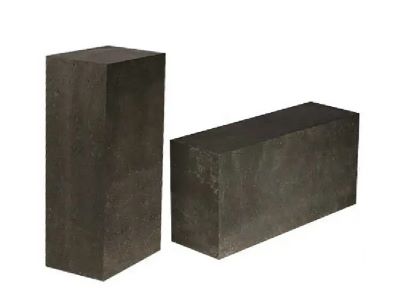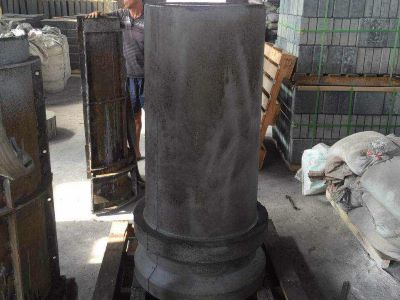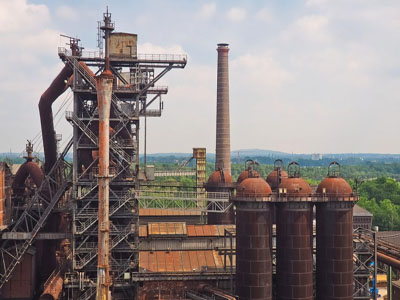Refractory materials are indispensable lining materials in kilns, and high alumina bricks are one of them. Its role and market recognition are unquestionable. Almost all furnaces need high alumina bricks.
High alumina refractory bricks are used in the lining of kilns
1. Furnace hearth
High alumina refractory bricks, as a powerful assistant for the furnace hearth of industrial furnaces, play an indispensable role in many industries. Whether it is metallurgy, chemical industry, glass or ceramics, it can be seen. The reason why high alumina refractory bricks are so popular is due to their excellent performance. First of all, it has remarkable refractory properties. In the harsh environment of high temperature and high pressure, high alumina refractory bricks can stand firmly at their posts without flinching. This feature makes it an ideal choice to protect the furnace hearth from high-temperature ablation and erosion. Secondly, the wear resistance of high alumina refractory bricks is also commendable. During long-term use, it can resist wear and maintain stable performance, providing a solid guarantee for the continuous operation of industrial furnaces. Moreover, its corrosion resistance is also excellent. Whether it is an acidic or alkaline environment, high alumina refractory bricks can maintain stable chemical properties to ensure the integrity and safety of the furnace.
2. Kiln furnace
High alumina refractory bricks are suitable for various kilns, such as rotary kilns, laser kilns, graphitization kilns, etc. The kiln has a high operating temperature, and the refractory performance of refractory bricks is required to be high. High alumina refractory bricks not only have high-temperature stability, but also have wear resistance and impact resistance, and can work stably for a long time.
3. Hot blast furnace furnace
High alumina refractory bricks are suitable for the furnace structure of various hot blast furnaces, such as hot blast furnace combustion chambers, burners, air ducts, etc. The working temperature of the hot blast furnace is high, and the requirements for refractory materials are high. High alumina refractory bricks can work stably under high temperature and high pressure environments and maintain a long service life.
4. Kiln lining and cladding
High alumina refractory bricks are often used as lining and cladding materials for kilns to protect the kiln wall from high temperature and erosion. The selection of kiln lining is crucial to the performance and life of the kiln. High alumina refractory bricks have good refractory and wear resistance, which can effectively extend the service life of the kiln.
5. Furnace front equipment
High alumina refractory bricks can also be used in various furnace front equipment, such as masonry at the outlet, furnace tail, burner and other parts of the hot blast furnace, as well as masonry in the combustion chamber and high-temperature flue of the boiler, to play the role of heat insulation, ablation resistance and erosion resistance.
6. Heat treatment furnace
In the heat treatment process, various heat treatment furnaces such as annealing furnaces, quenching furnaces, soaking furnaces, etc. are indispensable key equipment. These furnaces operate in high temperature environments, so they place extremely high demands on the refractory brick materials used. High alumina refractory bricks have become the preferred refractory materials for these heat treatment furnaces due to their excellent performance. High alumina refractory bricks ensure the refractory performance of the furnace under high temperature working conditions with their excellent high-temperature stability. Whether it is long-term high-temperature exposure or sudden temperature changes, high alumina refractory bricks can maintain stable physical and chemical properties to ensure the stable operation of the heat treatment furnace. In addition, high alumina refractory bricks also have excellent wear resistance and corrosion resistance. During the heat treatment process, the inside of the furnace is often accompanied by contact and friction between the material and the inner wall of the furnace, as well as chemical erosion in the high-temperature atmosphere. High alumina refractory bricks, with their strong and wear-resistant characteristics, can effectively resist the erosion of these factors, ensure the integrity and finish of the inner wall of the furnace, and extend the service life of the heat treatment furnace.
7. Electric furnace hearth
High alumina refractory bricks are widely used in various types of electric furnaces, such as electric arc furnaces, induction furnaces, etc. Electric furnaces work at high temperatures and have high requirements for refractory materials. High alumina refractory bricks have high-temperature stability and electromagnetic properties, can work stably in the furnace of electric furnaces, and protect the electric furnace from high-temperature erosion.
In addition, high alumina bricks are also used in the steel manufacturing industry: blast furnaces, hot blast furnaces, electric furnaces, ladles, tundishes, heating furnaces, refining furnaces, heating furnaces, annealing furnaces, cupolas; non-ferrous metal industry: smelting furnaces, refining furnaces, reverberatory furnaces, converters; building materials industry: cement kilns, glass kilns, ceramic kilns, lime kilns, kiln cars, tunnel kilns; energy and incineration: coke ovens, circulating fluidized bed boilers, carbon roasters, incinerators, and other high-temperature industrial kilns. As long as it is a high-temperature industrial kiln of 1300℃-1500℃, high alumina bricks can basically be seen. It can be seen that the application rate of high alumina bricks in industrial production is very high, and even indispensable.

